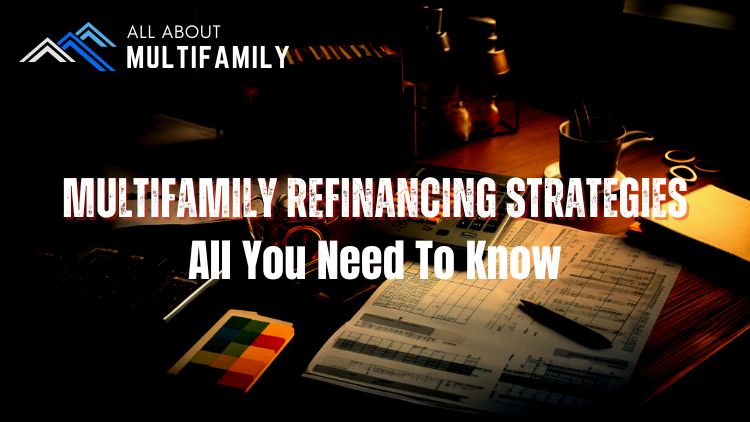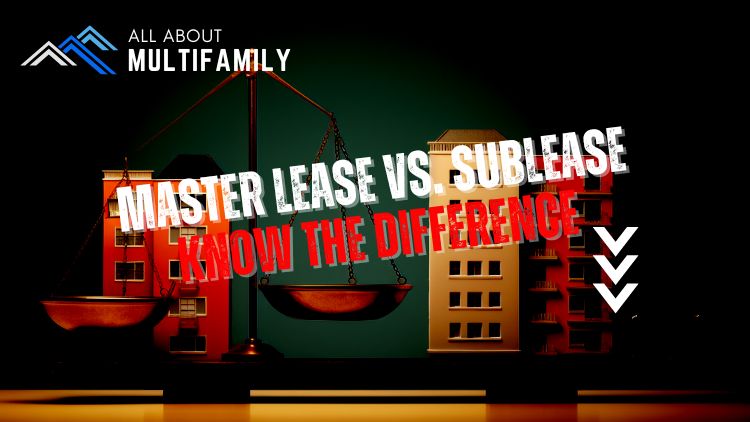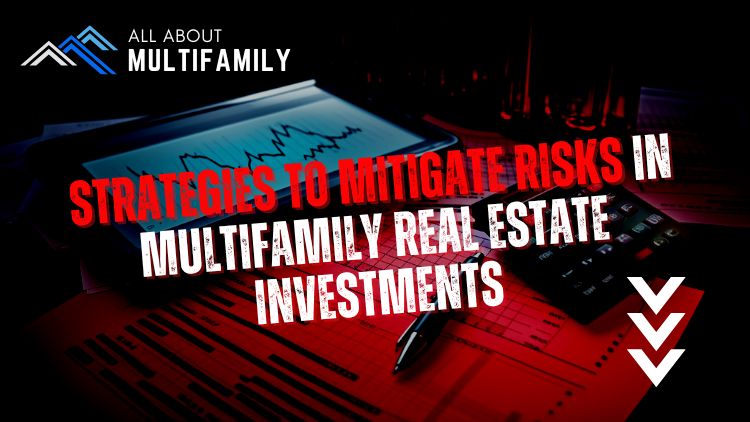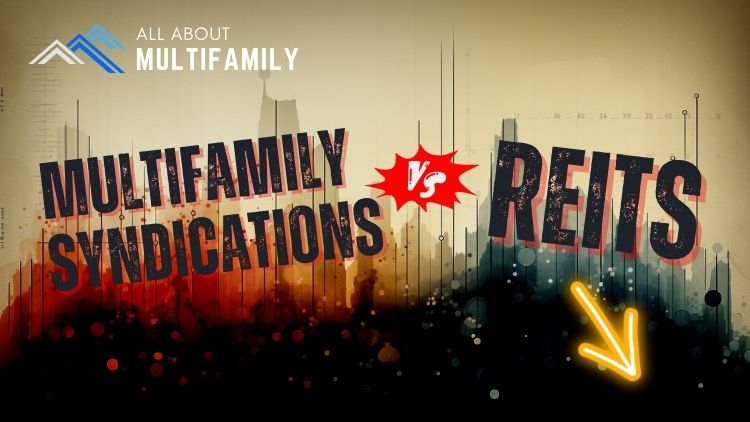The Cost of Funds Index (COFI) is not commonly used for multifamily real estate loans, particularly those in the commercial real estate and multifamily sectors. COFI is primarily associated with adjustable-rate mortgages (ARMs) for residential properties, and its use is limited in the commercial real estate context.
Multifamily real estate financing typically involves different types of loan products and benchmarks, such as:
- Treasury Yield (T-Bill): Many multifamily loans use the yield on U.S. Treasury securities, often the 10-year Treasury yield, as a benchmark for determining interest rates. Lenders may add a margin to the Treasury yield to calculate the borrower’s interest rate. This margin accounts for the lender’s profit and risk considerations.
- LIBOR (London Interbank Offered Rate): While LIBOR is being phased out in favor of alternative benchmarks, it has historically been used in commercial real estate, including multifamily, as a reference rate. Similar to Treasury yields, lenders add a margin to the LIBOR rate to determine the borrower’s interest rate.
- Prime Rate: Some multifamily loans may be linked to the prime rate, which is the interest rate at which banks lend to their most creditworthy customers. The prime rate is typically used for lines of credit or certain types of short-term loans.
- Fixed Rates: In many cases, multifamily loans may have fixed interest rates, meaning the interest rate remains constant over the life of the loan. Fixed-rate loans provide borrowers with stability and predictability in their monthly payments.
- Commercial Mortgage-Backed Securities (CMBS): In the commercial real estate sector, including multifamily, loans are often bundled together and sold as securities to investors in the form of CMBS. The interest rates on these loans are determined based on market conditions and the overall performance of the CMBS market.
It’s essential to note that multifamily real estate financing is a complex field, and the choice of benchmark rates can vary depending on the lender, loan type, market conditions, and the specific terms negotiated between the borrower and the lender.
COFI, which is primarily associated with residential ARMs, is not a typical benchmark for multifamily loans. Instead, multifamily borrowers and lenders typically use benchmarks more suited to the commercial real estate environment, such as those mentioned above. When considering multifamily financing options, borrowers should work closely with their lenders to understand the benchmark rates, margins, and terms that apply to their specific loan agreements.



































![An In-Depth Look at Jake and Gino's Coaching Program [A Review]](https://allaboutmultifamilyinvesting.com/wp-content/uploads/2023/10/AAM-BMP-Blog-Covers-750-×-422px-6.jpg)


![Email Marketing Tips for Multifamily Real Estate Syndicators to Raise Capital [Templates included]](https://allaboutmultifamilyinvesting.com/wp-content/uploads/2023/09/AAM-BMP-Blog-Covers-750-×-422px-4.jpg)





![The Richest Kids In America [Book Review]](https://allaboutmultifamilyinvesting.com/wp-content/uploads/2023/09/AAM-BMP-Blog-Covers-750-×-422px-84.jpg)





















